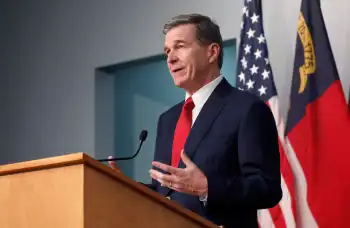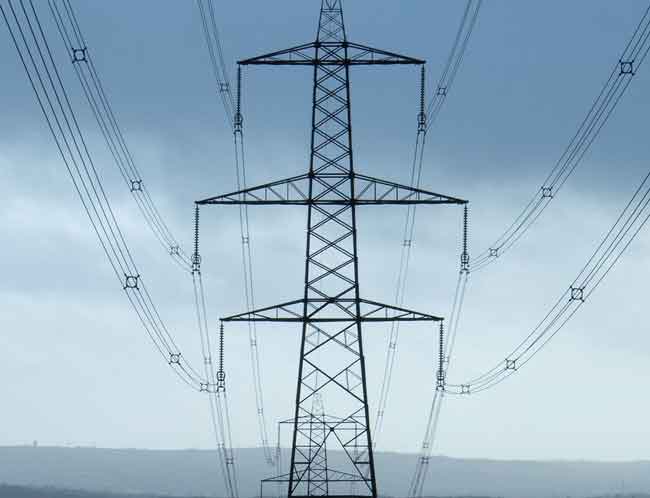TTC's hybrids not saving projected fuel amounts
The Toronto Transit Commission and the federal, provincial and city governments said as recently as March that the new hybrid diesel-electric buses - which cost $734,000, compared with $500,000 for a conventional bus - were using 20 to 30 per cent less fuel.
But the TTC's current fuel-savings estimate, incorporated in its 2008 budget after tests on the new fleet last summer, is just 10 per cent - although officials expect that number to improve.
As many owners of Toyota's Prius and other hybrids have learned in recent years, the actual fuel efficiency achieved by vehicles that combine an internal combustion engine with an electric motor depends a great deal on how they are driven.
The TTC's chief general manager, Gary Webster, acknowledged in an interview that the March press release overstating the hybrid buses' fuel economy was a mistake. He said the 20- to 30-per-cent figure has been achieved with the same buses in New York, but not here.
"I think in hindsight we shouldn't have said 20 to 30 per cent," Mr. Webster said. "... Given the experience we went through last year, that document... was old news. We really should have talked about 10 to 20 per cent."
Both New York and Toronto are using Orion VII hybrid buses manufactured by Daimler-owned Orion Bus Industries in Mississauga.
The TTC says some of New York's buses are saving as much as 30 per cent on fuel because the hybrid technology is more efficient on that city's congested stop-and-go downtown routes, where the hybrid relies more on its electric motor and makes good use of the regenerative braking system that recharges its batteries.
On its more suburban, high-speed routes, where hybrids must rely more on their conventional diesel engines, New York has reported 10- to 20-per-cent reductions in fuel use, Mr. Webster said.
He said the TTC's fuel economy tests, conducted last summer on buses operating out of a North York bus garage, were poorer because Toronto's current crop of 275 hybrids are being used largely on suburban routes - with the buses also cranking their power-sucking air-conditioning systems.
Originally, the TTC had built a 20-per-cent fuel savings into its 2008 budget. But after its tests last summer, it revised its budget to account for just a 10-per-cent savings, costing it an extra $1.3-million in fuel.
As more of the hybrids arrive and begin service on Toronto's downtown routes, Mr. Webster said, fuel-efficiency results will go up, perhaps to more than 20 per cent on some of the city's most congested roads, meaning the fleet could average out in the high teens. Another test, monitoring the hybrid buses on more downtown routes, is set to begin soon.
By year's end, the TTC expects to have 564 hybrids in service, with half of its fleet made up of the new vehicles within five years.
Despite the disappointing fuel efficiency, Mr. Webster said the TTC had little choice but to go with the more expensive hybrid buses, because buying vehicles that use alternative fuels was a condition for millions in federal and provincial grants.
Ignoring the environmental benefits and looking at fuel economy alone, Mr. Webster said, the TTC never expected the savings to make up for the price premium.
The hybrids' fuel efficiency is actually the least of the TTC's financial worries, amid rising diesel costs. The transit agency expects to see its diesel bill soar from $65-million this year to $97-million next year as a fixed-price contract for diesel fuel expires, and may even consider a "fuel surcharge" to pass the cost onto riders.
Over the past few years, some owners of the Prius - the same car in which Mayor David Miller is chauffeured around - have complained that their cars do not achieve the fuel-economy numbers stated by U.S. and Canadian government testing.
In some cases, this has been blamed on rapid accelerations, air conditioning and extreme temperatures, which can dramatically alter fuel economy. The U.S. Environmental Protection Agency recently revised its fuel-efficiency testing model for all cars to better mirror actual driving conditions.
Related News

BloombergNEF: World offshore wind costs 'drop 32% per cent'
DENMARK - World offshore wind costs have fallen 32% from just a year ago and 12% compared with the first half of 2019, according to new research from BloombergNEF.
In its latest Levelized Cost of Electricity (LCOE) Update, BloombergNEF said its current global benchmark LCOE estimate for offshore wind is $78 a megawatt-hour.
“New offshore wind projects throughout Europe now deploy turbines with power ratings up to 10MW, unlocking CAPEX and OPEX savings,” BloombergNEF said.
In Denmark and the Netherlands, it expects the most recent projects financed to achieve $53-64/MWh excluding transmission.
New solar and onshore wind projects have reached parity with average wholesale…





